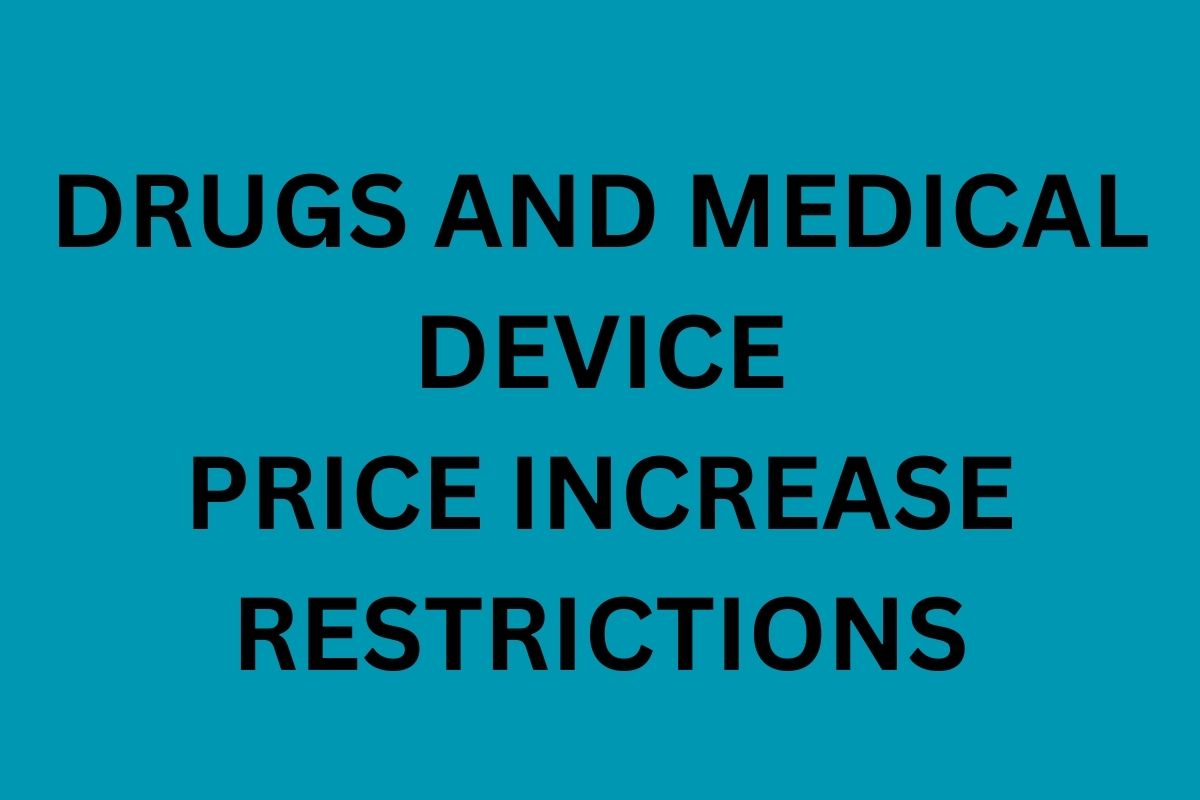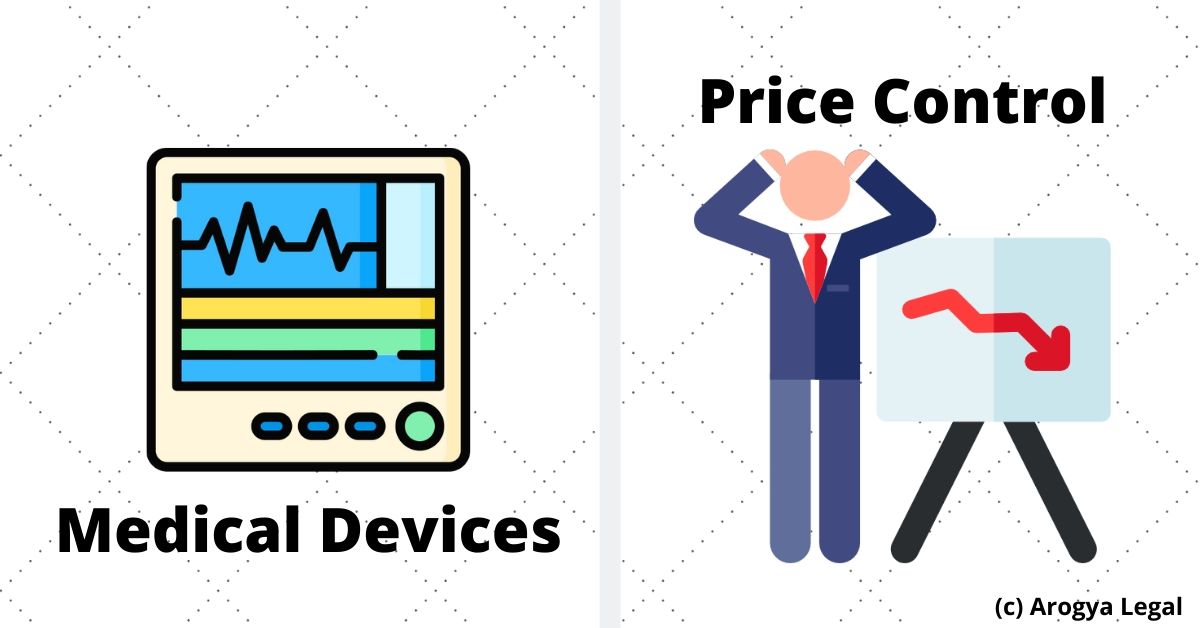The Division Bench of the High Court of Delhi, in the case of Union of India v Bharat Serums, has laid down how the overcharged amount should be calculated by India’s drug price control regulator, National Pharmaceutical Pricing Authority (“NPPA”). The judgement will have a significant impact on existing as well as future demands for overcharging which are raised on pharmaceutical and medical device companies in India.
Background
Under Para 20 of India’s drug price control law, the Drug (Prices Control) Order, 2013 [“DPCO”], all non-scheduled formulations are allowed to increase their price by 10% in 12 months. Non-scheduled formulations are non-essential drugs or medical devices that are not listed in the schedule of DPCO. Most pharmaceutical and medical device companies do not use the 10% price increase opportunity in the 12-month period and elect to increase the price after a number of years.
When the opportunity does arise to increase prices, the question that always arises is whether the company can increase the price by the ‘aggregate’ of permitted percentage increase, or by a maximum of 10% from its last published Maximum Retail Price (MRP). For instance, if the MRP of a drug or medical device was Rs. 100, and the company selling the product decides to increase the price of the drug or medical device after a period of 5 years, would it be entitled to increase the price of the product by Rs. 50 (10% increase allowed every 12 months period), or by Rs. 10 (10% increase from last MRP irrespective of the time gap).
The other question that arises is if a pharmaceutical or medical device company increases the MRP of its product by more than 10% in a 12-month period, then how should NPPA recover the overcharged amount? For instance, if the MRP of a drug or medical device was Rs. 100 earlier, and if the company revises the MRP of the product to Rs. 200 after 5 years, how should NPPA calculate the overcharged amount? Should NPPA assume that the company was only allowed to increase MRP by 10% and recover the remainder amount as an overcharged amount? In other words, should NPPA give a concession of Rs. 10 to the company and proceed to recover Rs. 90, or should NPPA ‘assume’ that the company would have increased its price by 10% each year, and proceed to recover only the balance amount, in this case Rs. 50 (or more accurately Rs. 39 since a 10% increase every year for 5 years would have resulted in MRP of Rs. 161).
The above questions were conclusively answered by the Delhi High Court and are discussed below.
Interpretation of 10% permissible price increase in 12-month period
The Delhi High Court has interpreted the 10% allowance to increase MRP as follows: the MRP of non-scheduled formulations can only be increased by 10% in a period of 12 months, at a time, but in case of overcharging, the NPPA will have to assume that the company would have taken the 10% MRP increase and will be permitted to recover the ‘net’ amount.
The above interpretation is explained using examples in the paragraphs below.
Examples
What is permissible MRP increase for a pharmaceutical or medical device company?
If the MRP of a non-scheduled drug or medical device was Rs. 100 in 2014, the permissible price increase on yearly basis would be as follows:
| Years | 01.01.2014 | 01.01.2015 | 01.01.2016 | 01.01.2017 | 01.01.2018 | 01.01.2019 | 01.01.2020 |
| Actual MRP | 100 | 110 | 121 | 133.1 | 146.41 | 161.05 | 177.15 |
If a pharmaceutical or medical device company wishes to take 10% increase after 5 years, how much can that be?
If the MRP of a non-scheduled drug or medical device was Rs. 100 in 2014, and the company decided to take a price increase in 2019, the maximum permissible price increase would be Rs. 110.
| Years | 01.01.2014 | 01.01.2015 | 01.01.2016 | 01.01.2017 | 01.01.2018 | 01.01.2019 | 01.01.2020 |
| Actual MRP | 100 | 100 | 100 | 100 | 100 | 110 | 121 |
How should the overcharged amount be calculated, in the event of default by a pharmaceutical or medical device company?
In a hypothetical scenario, where the MRP of a non-scheduled drug or medical device was Rs. 100 in 2014, and the company decided to increase it to Rs. 161.05 in 2015 and later to 177.15 in 2020, the overcharged amount will have to be calculated as follows:
| Years | 01.01.2014 | 01.01.2015 | 01.01.2016 | 01.01.2017 | 01.01.2018 | 01.01.2019 | 01.01.2020 | Total ovecharged amount |
| Actual MRP | 100/- | 161.05 | 161.05 | 161.05 | 161.05 | 161.05 | 177.15 | – |
| Permissible MRP (with 10% increase) | Not applicable | 110 | 121 | 133.1 | 146.41 | 161.05 | 177.15 | – |
| How NPPA calculated overcharging amount ? (Not legal) | Not applicable | 51.05 | 51.05 | 51.05 | 51.05 | 0 | 0 | 204.2 |
| Overcharged amount as per Delhi High Court | Not applicable | 51.05 | 40.05 | 27.95 | 14.64 | 0 | 0 | 133.69 |
The above table is instructive because it illustrates the incorrect methodology applied by NPPA to calculate the overcharged amount that has been routinely demanded and recovered by NPPA so far from pharmaceutical and medical device companies.
Until the Delhi High Court judgement, the NPPA demanded an amount which was excessive and incorrectly calculated (Rs. 204.2). However, after the Delhi High Court judgement, irrespective of the amount that has been calculated by the NPPA, the actual payable amount will be significantly lower than the amount demanded by NPPA (Rs. 133.69).
Impact
This particular Delhi High Court judgement on permissible price increase of drugs and medical devices will have a far-reaching impact on existing overcharging demands which have been raised by NPPA, and the demands that NPPA will raise in the future. All existing demands for overcharging raised by NPPA, which have been calculated using incorrect methodology due to incorrect interpretation of overcharging provisions of DPCO by NPPA, should be rolled back by the NPPA. A pharmaceutical or medical device company that has currently received such a demand should strongly object to the NPPA’s demand on the strength of the Delhi High Court judgement.
Pharmaceutical and medical device companies should also be careful in taking price increases for non-scheduled formulations in the future, and should not assume that they will be able to take an ‘aggregate’ price increase after a certain number of years if they haven’t availed the option to increase the price every 12 months.



